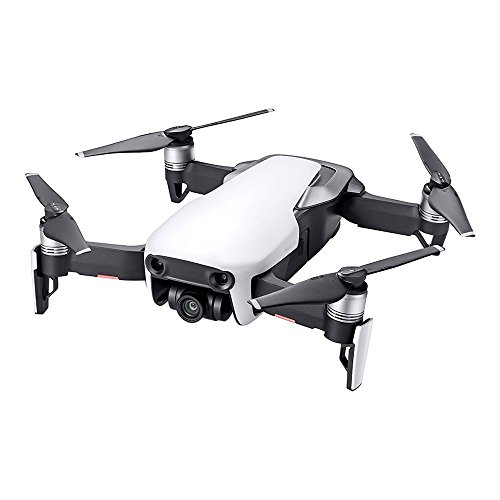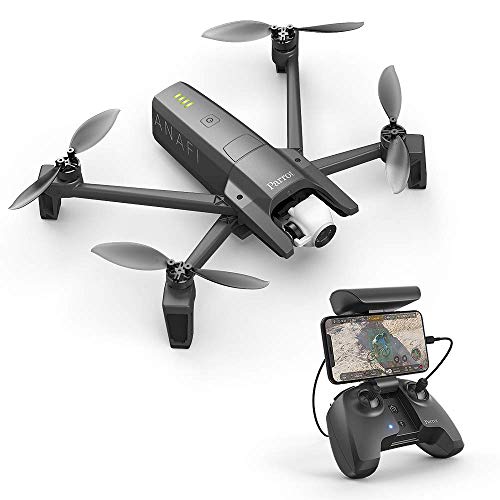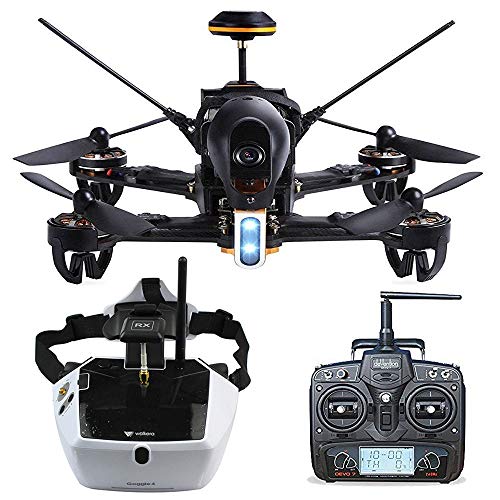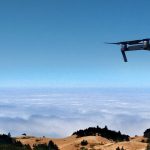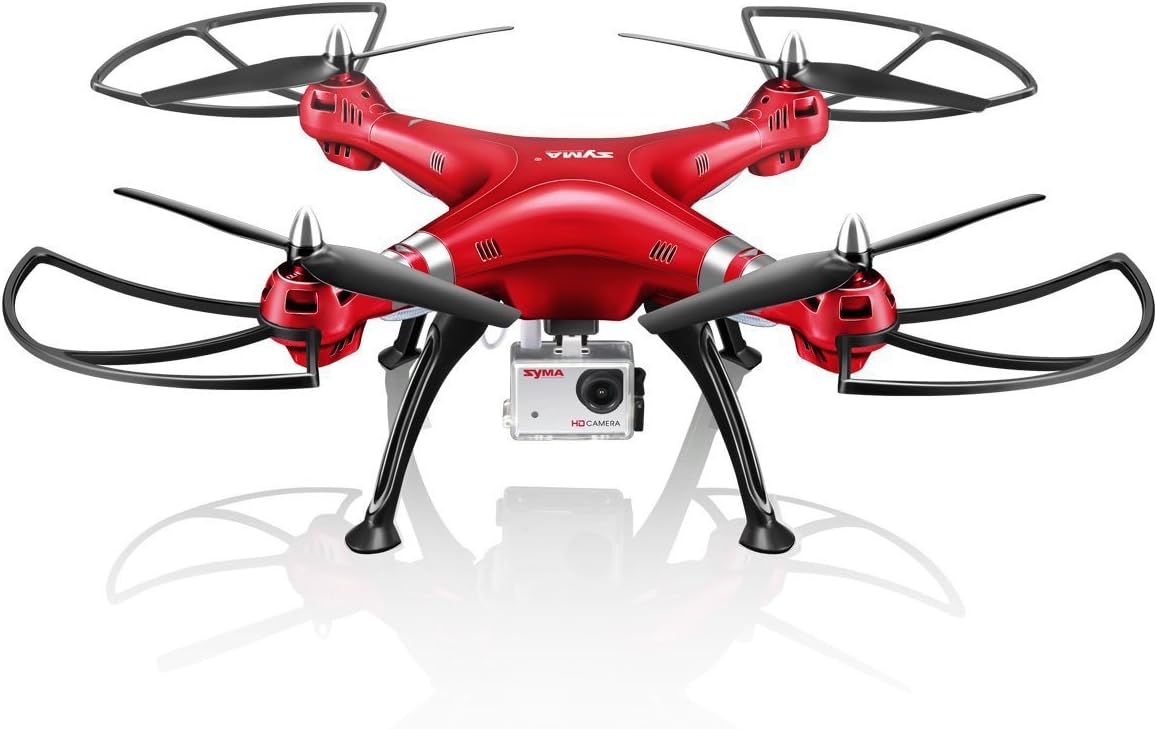Buying a Drone (Top 5 Tips You Should Know Before Buying)
Buying a drone can be overwhelming, especially with all the technical terms thrown around on Amazon and review sites. If you're looking for a guide to the basics, you're in the right spot. While I may not be the ultimate drone expert, I can certainly share crucial tips on purchasing a drone that's worth your time and money. Let's break things down in simple terms so you don't feel overwhelmed.
Knowing FPV, VR and RC
Some may call a drone an FPV drone while others like to prefer it as “VR drone”. But is there a difference? Yes, but only slightly. FPV, or First Person View drones always come with a built-in headset when you purchase a specific model just like what DJI - the most popular consumer-based drone - always sells. VR drones are basically just FPV drones but can use VR goggles like the PlayStation VR, Oculus Rift and Google Cardboard as the headset.
Mainly, FPV responds much faster than VR when it comes to headtracking but that’s pretty much it.
So what about RC drones? Well, RC just means remote-controlled; basically an aerial toy that you can play with much like RC cars and boats.
FPV and VR drones are mostly used for racing and stunts but others take advantage of the drone sensors in order to take great photographs from above. Whether you are an aspiring racer, a photographer who wants a new perspective on nature or simply just a hobbyist, it doesn’t matter if you choose the FPV, VR or RC since what matters most is your preference.
Ready-to-Fly vs Do-It-Yourself
Ready-to-Fly (RTF) drones are the easier approach for the casual drone user than the do-it-yourself (DIY) type.
RTF drones are already premade, configured and charged just as you unbox it. This is in favor of people who don’t want to waste time in knowing every spec, nook and cranny of a drone. DJI is very popular because they are known for their outstanding RTF drones, often refereed to as the “Apple” of the drone industry since their UAVs are very consumer-friendly without needing many calibrations. A great example is DJI's best-selling Mavic 2 Pro.
However, thanks to the modern era we live in today, you should be able to create your very own drone from scratch, aka DIY drones. What you need are 6 important components, the frame (the chassis), the motor, the rotors, the “eye”, the batteries, the controller. Once you have these you should be able to build your very own drone. Although, all that is easier said than done. For the safest approach, either consult a drone expert near you or research via internet forums and YouTube videos.
So which is better? That depends on you. Do you want to be a dedicated hobbyist, pick a hobby drone or DIY kit. Do you want a drone that is already up and ready? Choose the RTF drone instead.
However, the latest RTF drones now allow you to customize its parts with different modifications, although it’s always better to stick with the stock parts unless you are already a drone enthusiast who knows his/her way around the UAV components.
As for price, RTF drones are commonly perceived to be more expensive because of the included labor and extra features while DIY drones are cheaper. While this is true for the most part, they are no different from building a PC. Yes, DIY drones are usually cheaper than RTF drones but if you buy high-end parts from top to bottom, you might have created a drone that costs much more than a DJI Mavic Pro 2.
Quadcopters, Hexacopters, Octocopters
So you might be thinking whether or not to get the 4 rotors or the 8-type. In this case, the best bet is always the quadcopters. These are abundant in the drone market and is considered the easiest to fly around. Hex and octocopters are more in favor of expert drone pilots since the speed, weight and altitude gain are quite different. A good example of drones beyond quadcopters are industrial types.
Drones Require FAA Registration and Follow FAA Rules
The FAA requires that you register your drone as long as it weighs more than 0.55 lbs and less than 55 lbs. Registration is actually quite easy to do, plus you only need to pay $5 per aircraft. The registration is valid for 3 years.
The rules for flying a drone are simple: don’t fly more than 400 feet in the air, don’t fly within 5 miles from an airport, don’t fly within a crime scene or police business, don’t fly around national parks and public events, and don’t fly when there is an airplane within the vicinity.
You get fined for violating these rules and the last thing you want is to get jailed just for having fun with your drone.
Drones Have Different Purposes
Not every drone is created equal. Some drones are made for the best photography, others for racing, while another half for business reasons. Well-known drone brands make models that can do specific tasks like capturing photos and videos at 4K quality, using advanced brushless motors to improve speed and acceleration, or taking advantage of the carbon fiber frame to do amazing aerial drone stunts.
Additionally, drones have different levels and suitable ages too. Large drones favor adults while nano drones typically make great drones for kids. Some racing drones have advanced configurations to improve maneuverability while others have fixed controls. Some farmers use drones for agriculture business analysis and other professionals such as interior designers and real estate agents make full use of a drone to show clients the design and scale of the house from a bird’s eye view.
Conclusion
It does not take rocket science to figure out that drones are no different from cars, boats and even computers. It’s part of the technology norm and now more people are taking advantage of the drones’ capabilities whether for business or pleasure. It won’t be soon before we see drones becoming more common with people and discover brand-new models with refreshing specs that will make our lives easier.
FAQs
The fastest method is to buy a drone on Amazon. Here at LFW, we provide you with download links to get you directly to the drone you want.
That depends on what drone you want. Some casual beginner drones that are very small costs only $25 to $50. Racing drones can be from $99 up to $500, and the high-profile consumer types cost more than $550.
Yes, DJI drones are known to be the "Apple" of the drone market. Their cheapest costs around $299 while their most expensive drone can range up to $3,299.
There are some toy drones made for kids - particularly the ones that are the size of the palm of your hands. They are cheap and very suitable for indoor purposes.
Holy Stone has been the biggest rival of DJI. It is like Android versus Apple. In this case, both have their own strengths and weaknesses.
Yes, headless mode is made for beginners. The absence of the FPV camera lets you fly around freely without the worrying about which directly the drone goes.



